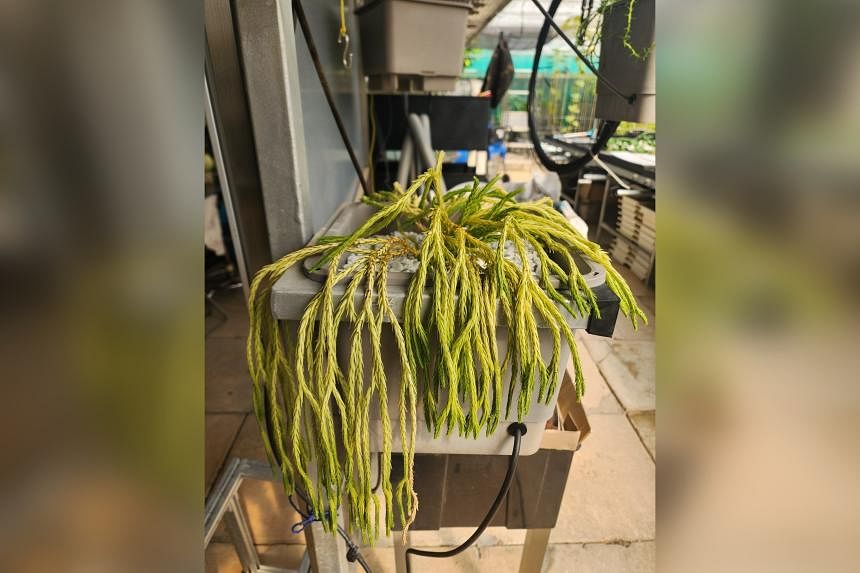Grow fern under filtered sunlight
What fern is this, why does its new green growth turn yellow and will it eventually flower? I am using a perlite growing mix.
Adrian Ling
The plant is the Phlegmariurus phlegmaria, and plants in this genus are commonly referred to as tassel fern or fir clubmoss. They belong to a group of plants called fern allies and they do not produce flowers as reproductive structures.
Your plant looks stressed, so make sure you are growing it under filtered sunlight. Perlite, depending on the grain size, may dry out too quickly in your plant’s growing environment. Most gardeners grow this plant in coconut husk chips, which retain water but are porous enough to keep the roots aerated.
Gritty, well-draining media also do not hold nutrients well, so feed your plant regularly to ensure it does not suffer from nutrient deficiencies.
Begonia needs cool spot
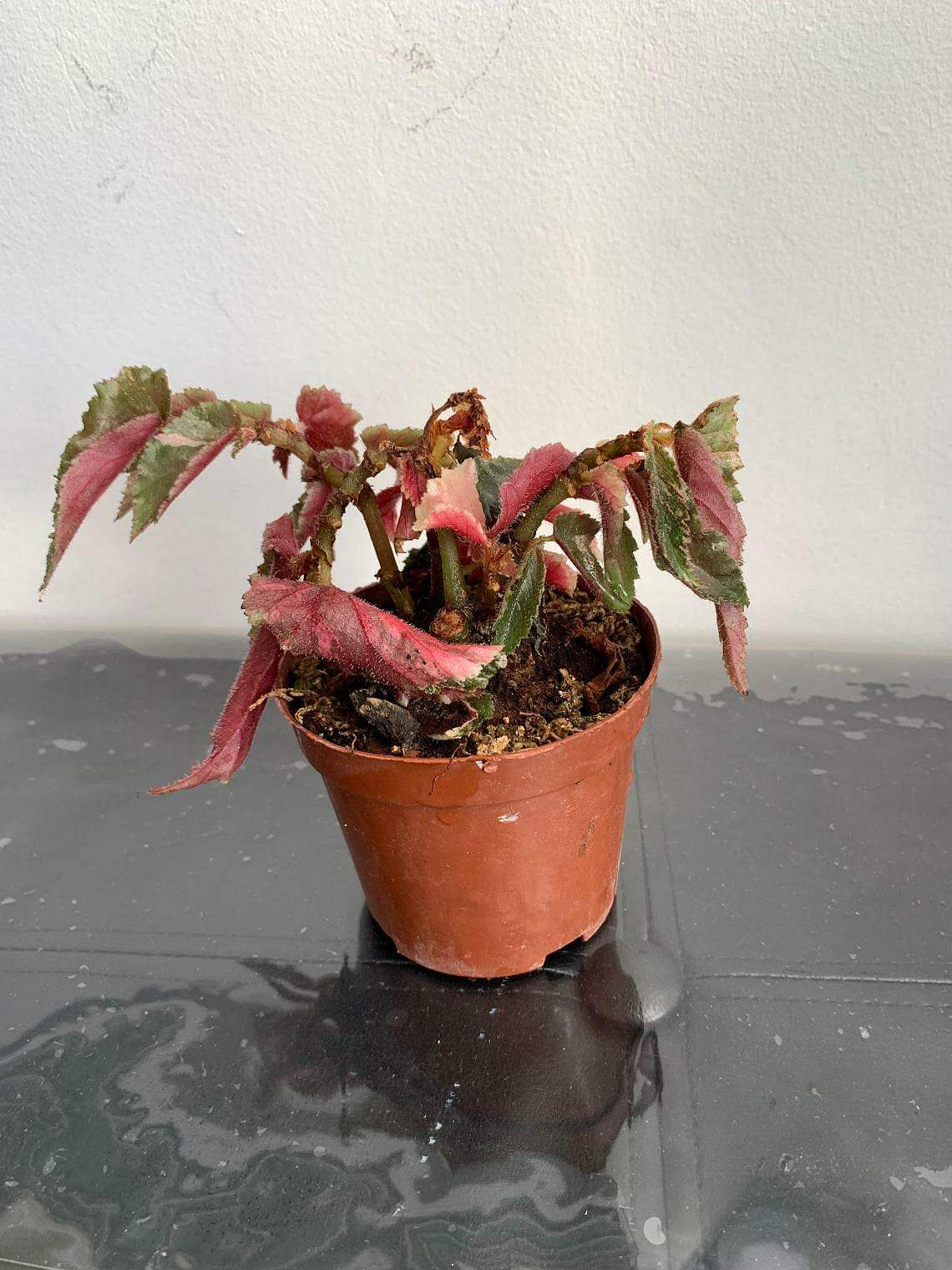
When I bought my begonia a few months ago, I was told to water the plant every day to ensure that the soil, a well-draining mix, does not stay dry for too long. The plant gets direct afternoon sun every day and a little liquid fertiliser every month. What is wrong?
Anthony Leong
Your plant looks very stressed. In general, this group of foliage plants does not grow well under sunny conditions.
Keep your begonia in a protected location where it can get filtered sunlight for about four to six hours a day. Avoid placing it in a windy spot, lest the plant dry out. Generally, begonias thrive in cool locations.
The plant should be kept in a moist and well-draining potting mix. Nurseries’ growing media tend to be moisture-retentive peat moss or cocopeat, which can cause the stems to rot if the growing mix remains wet for prolonged periods.
Plant is the Large-Flower Kleinia
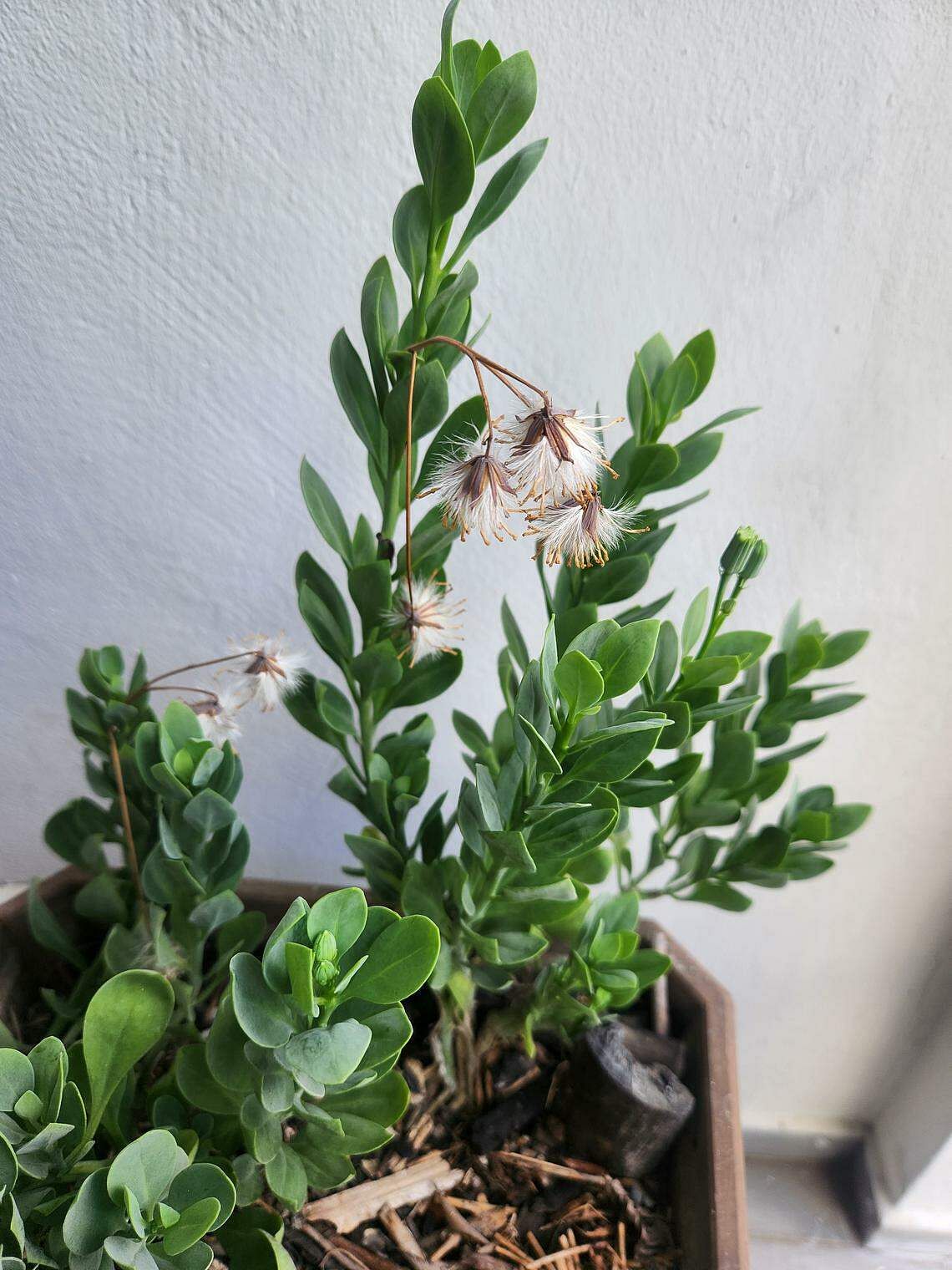
What is this plant and its function?
Lu Cheok Bee
You have a Large-Flower Kleinia (Kleinia grandiflora), a succulent. It needs a well-draining growing mix and should be given either partial shade or full sun. It is a medicinal plant that is often grown in local gardens. Studies have shown that the plant possesses anti-inflammatory properties.
Dracaena looks diseased, possibly due to poor drainage
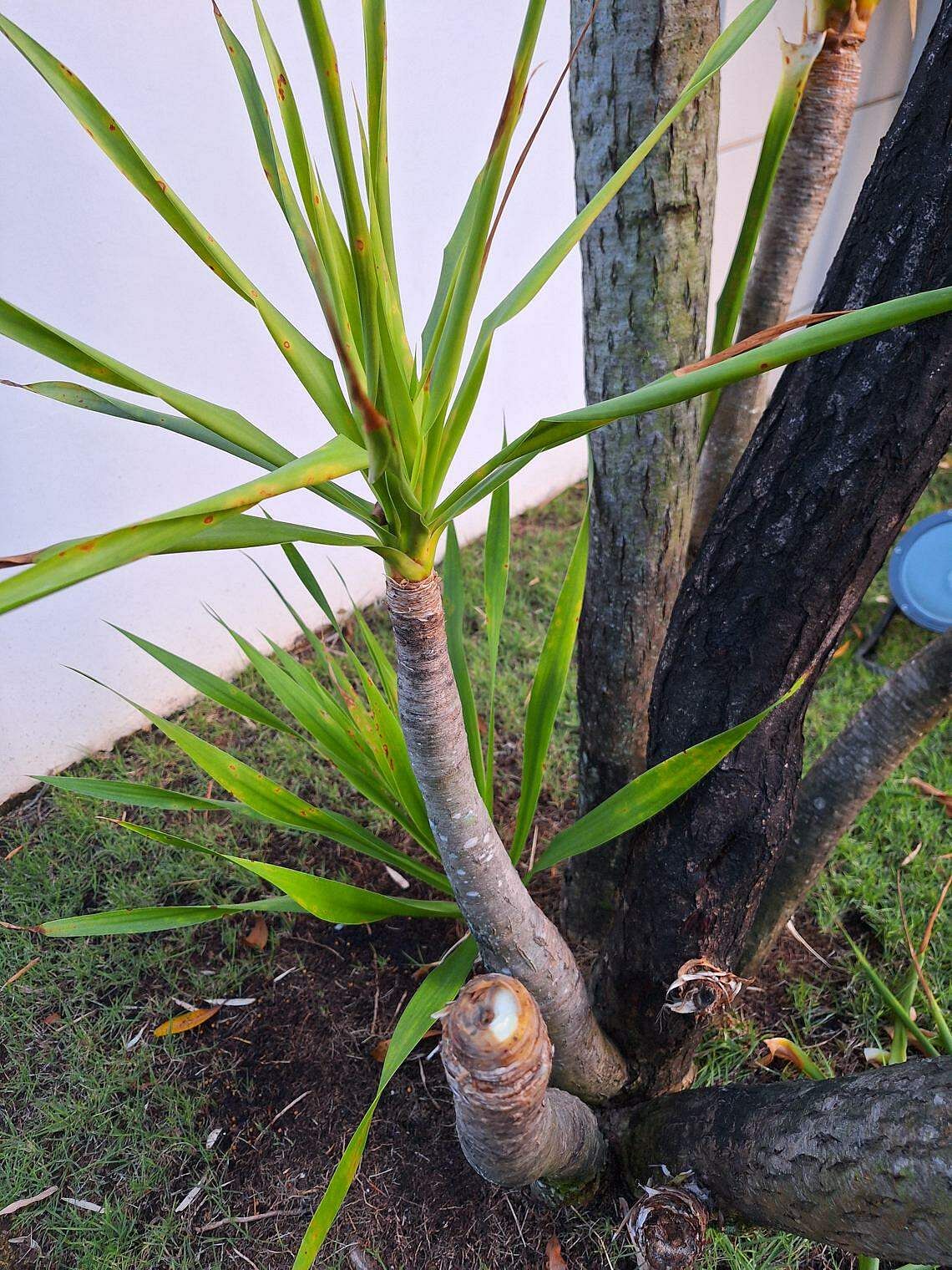
I have had this plant in my garden for close to 20 years, but lately, its young sprouts have been dying. What is wrong?
Chua Bee Hong
The plant is the Dracaena cochinchinensis, a large-growing species admired for its architectural growth form.
The plant’s leaves have spots indicating disease. This may have arisen during recent periods of rainfall, which may have caused the plant to sit in waterlogged soil for prolonged periods. Soil at a site can become compacted over time, causing excess water to drain poorly.
Under these circumstances, plants are stressed and more susceptible to disease. The issue can be remedied only by improving soil drainage. The application of fungicide will not help.
If the plant is indeed growing in a site with poor drainage, carefully move it out. Grow it at another location with better drainage, in a large pot or a raised bed with gritty, well-draining growing media.
Plant could be Bitterweed
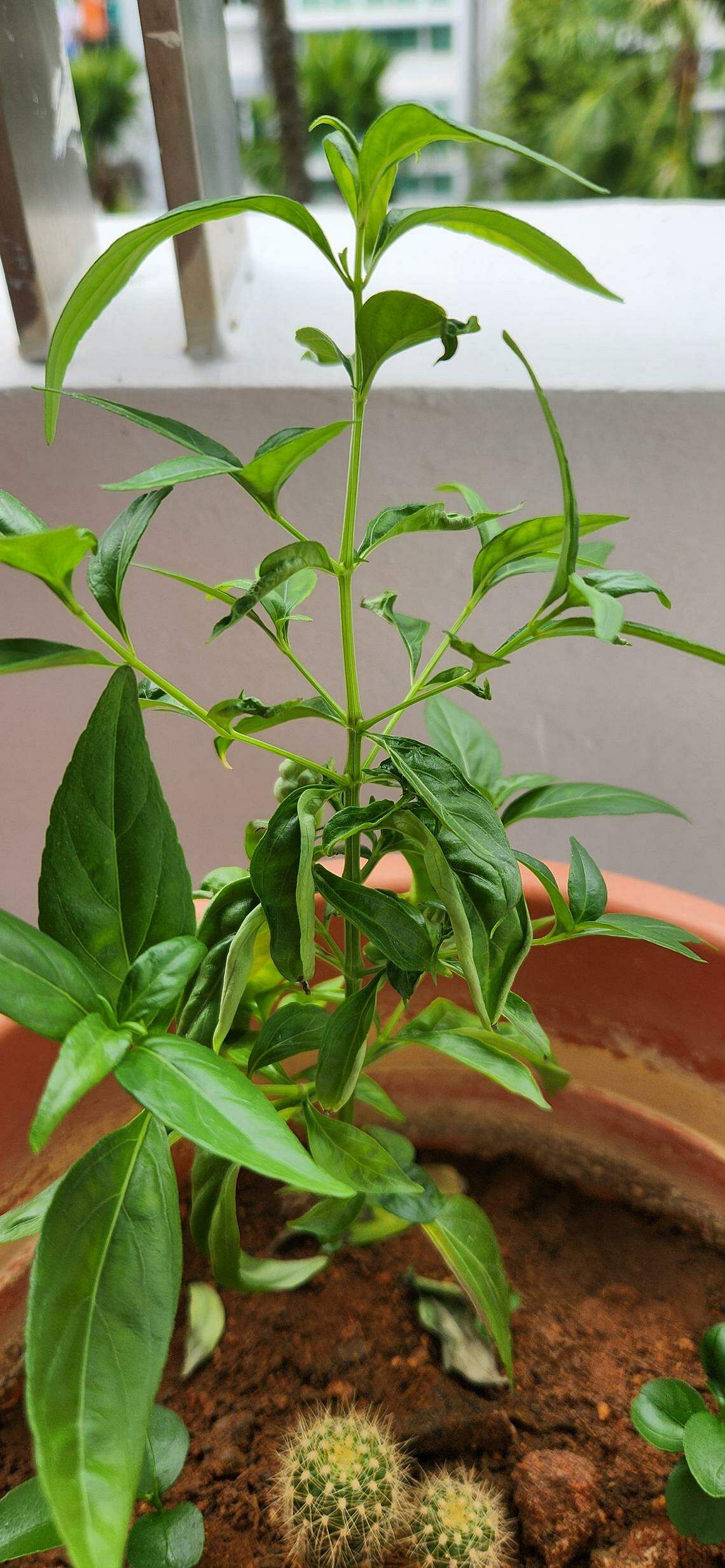
What is this plant and is it poisonous?
Ong Kian Kie
The plant is probably the Bitterweed or King of Bitters (Andrographis paniculata). Wait for it to flower to confirm its identity.
Bitterweed is a popular medicinal plant that is traditionally used to treat upper respiratory ailments. It is somewhat weedlike, as it has a tendency to produce seeds that grow in nearby flower beds or pots.
- Answers by Dr Wilson Wong, an NParks-certified practising horticulturist and parks manager. He is the founder of Green Culture Singapore and an adjunct assistant professor (Food Science & Technology) at the National University of Singapore.
- Have a gardening query? E-mail it with clear, high-resolution pictures of at least 1MB, if any, and your full name to stlife@sph.com.sg. We reserve the right to edit and reject questions.
